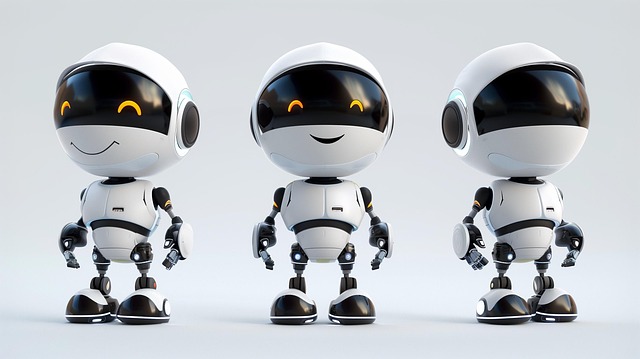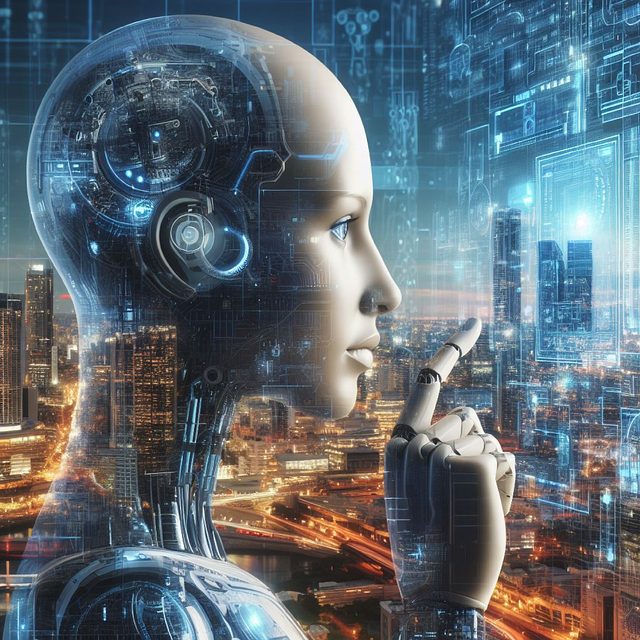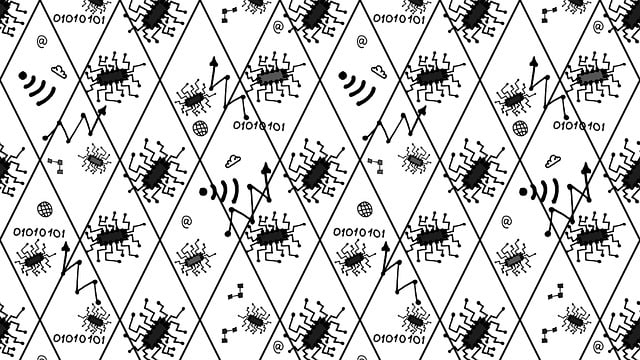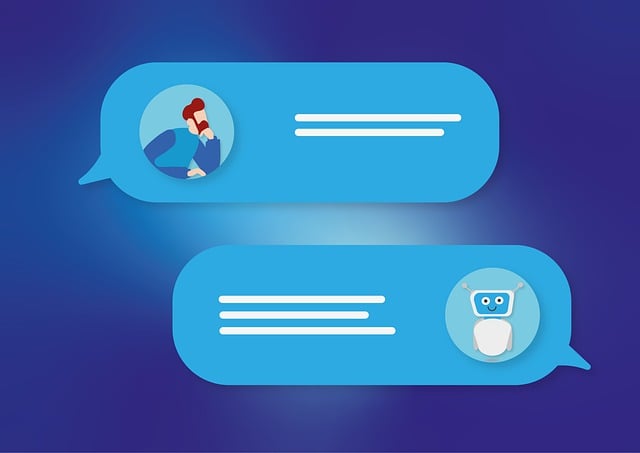Building your own AI chatbot can transform customer service, automate tasks, and provide 24/7 support. This comprehensive guide walks you through the process from understanding fundamental concepts to deployment. We’ll explore designing engaging personalities and defining capabilities suited to your needs. Learn about model development and training techniques that leverage cutting-edge natural language processing (NLP) advancements. Discover integration strategies for seamless implementation across platforms, empowering you to harness the potential of AI chatbots effectively.
- Understanding AI Chatbot Fundamentals
- Designing the Chatbot's Personality and Capabilities
- Developing and Training the Model
- Integration and Deployment Strategies
Understanding AI Chatbot Fundamentals

AI Chatbots are an integral part of modern digital interactions, offering instant and personalized assistance across various platforms. To build an effective AI chatbot, understanding its fundamentals is crucial. At their core, these chatbots utilize natural language processing (NLP) to interpret user queries and generate relevant responses. NLP enables machines to process human language, allowing them to comprehend context, sentiment, and intent behind user messages.
The development process involves training models using vast datasets, teaching them to recognize patterns and make accurate predictions. Machine learning algorithms play a pivotal role here, enabling chatbots to learn from interactions and continually improve their performance. By mastering these fundamentals, developers can create sophisticated AI Chatbots capable of engaging in meaningful conversations, providing valuable assistance, and enhancing user experiences across diverse applications.
Designing the Chatbot's Personality and Capabilities

When designing an AI chatbot, one of the most critical aspects is shaping its personality and capabilities to meet user expectations. Personas can range from neutral and professional to friendly and casual, each serving different user needs. Consider your target audience—are they looking for quick answers or engaging conversations? A chatbot designed for customer service might be more formal, while a personal assistant bot could adopt a warmer tone.
Capabilities should align with the chatbot’s role. Common features include answering questions, providing recommendations, and performing simple tasks like setting reminders or sending notifications. Advanced AI chatbots can engage in natural language processing to understand context, interpret sentiment, and generate human-like responses. This level of sophistication enhances user satisfaction, making interactions feel more intuitive and personalized, thereby elevating the overall effectiveness of the ai chatbot.
Developing and Training the Model

Developing and training an AI chatbot involves a complex process, but it’s a fascinating journey into the world of artificial intelligence. The first step is to define the chatbot’s purpose and functionality. This includes determining the scope of tasks it will perform, such as answering customer queries, providing product recommendations, or offering technical support. Once the objectives are set, developers choose the appropriate AI model architecture, such as rule-based systems, machine learning algorithms (e.g., Natural Language Processing), or a hybrid approach.
The training phase is critical to the chatbot’s performance. Developers feed vast amounts of data into the model, often using pre-existing datasets or creating custom training materials. This involves cleaning and preparing the data to ensure it’s in a format the AI can understand. The model learns from this data, adjusting its parameters to improve accuracy in generating responses. Regular testing and iteration are essential during this phase to fine-tune the chatbot’s capabilities and ensure it delivers relevant, contextually appropriate answers.
Integration and Deployment Strategies

After developing your AI chatbot, integration and deployment are crucial steps in bringing it to life and making it accessible to users. Integration involves seamlessly connecting your chatbot to existing systems and platforms, such as your website, mobile app, or messaging services like Facebook Messenger or Slack. This process ensures that your chatbot can access relevant data, interact with backend services, and provide dynamic responses based on user interactions.
Deployment strategies vary depending on your target audience and the desired level of customization. Cloud-based deployment is a popular choice as it offers scalability, flexibility, and cost-effectiveness. You can leverage cloud providers like AWS or Azure to host your chatbot infrastructure, enabling easy access for users worldwide. Alternatively, on-premise deployment provides greater control over hardware and data security, making it suitable for organizations with stringent privacy requirements.
Building an AI chatbot involves a structured approach, from grasping fundamental concepts to integrating and deploying the final product. By designing a unique personality and defining capabilities, developers can create engaging conversational agents. The development process includes model training, fine-tuning, and testing, ensuring accurate responses. Once ready, strategic integration and seamless deployment make AI chatbots accessible across various platforms, enhancing user experiences and revolutionizing interactions with technology.
